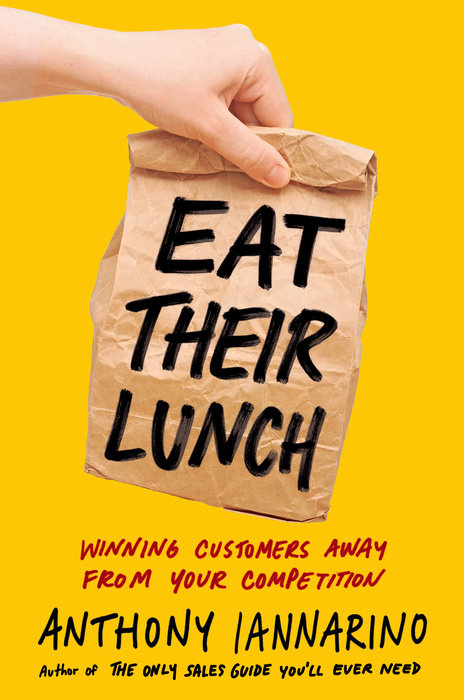Here is how you know you are in the friend zone in sales:
“I have a great relationship with my main contact.”
“I’ve been nurturing this relationship for seven years.”
“They really like me, and we have great communication.”
These quotes—and more like them—are what salespeople say when they are engaged with a single stakeholder, invariably one who has the power to say “no” without the equal ability to say “yes,” or one who has no real interest in changing.
However, that fact that the contact is receptive to meeting you, engaged in conversation and sharing information, and genial and complimentary, is not proof of a strong relationship. One of the ways you measure the strength of your relationship is in revenue. The connection is not what it should be if it isn’t enough to cause your prospective client to buy from you.
All things being equal, relationships win. All things being unequal, relationships still win. Your job in sales is to make all things unequal, creating a preference to work with you, your company, and your solution above all others. We used to say that one needed to be known, liked, and trusted. Over time, another factor made it onto this esteemed list of prerequisites to a deal; winning now requires you add “and you create value.”
The purpose of nurturing and developing relationships over time is to remove your dream client’s reticence to work with you—and likely, remove your competitor.
Win customers away from your competition. Check out Eat Their Lunch
The relationship you have is valuable, but it is no consolation for not having a relationship in which you are your dream client’s partner and helping them improve their results. When the contact you have likes you, engages with you, and communicates with you, that access is an advantage because it provides you with an opportunity to spend time improving the relationship by sharing your insights and ideas, helping them acquire a vision of the better results available to them, as well as the reasons they should change.
In sales, there are no right or wrong strategies. Instead, there are choices, some more effective than others, none so good that they work under any and all conditions. At some point, it may be necessary to develop additional relationships with other stakeholders, those more inclined to change, even if it means risking the relationship you have now. It might also be necessary to push for the change you believe your contact needs to make.
Given a choice between having a relationship that creates an opportunity or being deprived of that possibility, you are better off with the relationship. But when it becomes clear what you are doing isn’t moving you closer to an opportunity, it’s time to change your strategy.








.jpg?width=768&height=994&name=salescall-planner-ebook-v3-1-cover%20(1).jpg)


